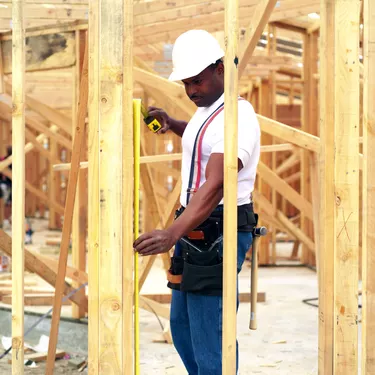
Property tax bills are based on the property's assessed value. The county assessor's office is responsible for deciding what the assessed value is. Two deciding factors are the grade and CDU (condition, desirability and utility). Grade is an evaluation of the construction materials and level of craftsmanship used to build houses. The majority of assessors have around eight to 15 different grades to describe homes.
Initial Estimate
Video of the Day
Sometimes appraisers do not accurately assess property grades. Entry-level appraisers usually make the initial grade estimate. The county assessment office's grade estimate for houses within a subdivision often varies for homes that are almost identical. This happens when two or more appraisers evaluate property grades within the same subdivision. The CDU, or condition factor, cannot be relied upon to give accurate information; however, the appraisal district uses it as a key element in valuing property.
Video of the Day
Inaccuracies
The county assessment offices often assign grades to homes that are several decades old. However, a county appraiser probably has not been in the house since it was built. Assessment offices do factor in structural problems that may have developed over the years or improvements the owners have made. A county appraiser usually visits homes while construction is still in process, again when they are finished, and does not return. If an owner can document that either the grade or CDU for his home is not accurate, the county assessment office can correct it and revise the assessed value.
Builder-Grade
Builder-grade materials are of average quality. They are usually used for framing houses and for preconstructed, mass-produced furniture. Of all the grades, builder-grade is the lowest rated in terms of quality. Builder-grade furniture is often made of particle board and plywood. Doors and floors are made of particle board with a wood or plastic veneer. If an assessor decides a property is made up of builder-grade materials, it will assess it lower, because it is not as likely to last as long as better quality or custom-made properties.
Considerations
Property owners are able to appeal the assessor's decision of the value of their home. Along with the grade and CDU, property owners should verify that the assessor has the correct year that the house was built and renovated. Some appraisal districts still value renovations made decades ago, even though the value of a renovation may only last for a few years.